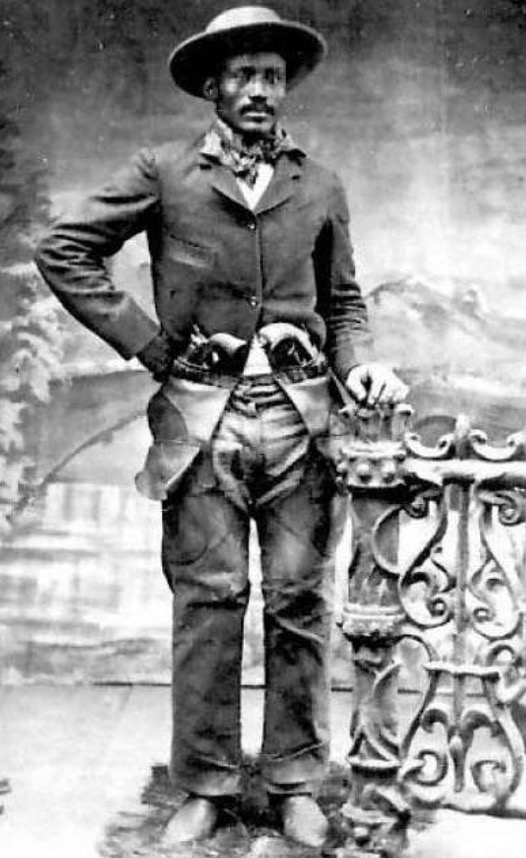One of my lectures in the upcoming GRIP course, “Not Just Farmers,” is on historical “side-hustles.” Basically, farming families did not make enough money with farming alone to pay the bills. They added to their incomes with other jobs, sometimes off the farm. This lecture will explore that topic. One “rabbit hole” I went down while working on this topic is that of Christmas tree farms.
In my family tree is a man named George Biniker, who, according to his obituary, was “one of the largest Christmas tree dealers in the area.” I had always liked that little tidbit about him but never took the opportunity to research it until this course came along.

Christmas trees were originally introduced to Americans by German settlers in the early 1800s. In 1851, Christmas trees began to be sold commercially in the United States, cut down randomly from forests. The first known Christmas tree farm was a 25,000-acre Spruce farm set up in 1901 near Trenton, New Jersey by W. V. McGalliard.1 Initially, Christmas tree farms were seen as a way to utilize poor farmland. The first national survey of the Christmas tree industry was taken in 1948. At that time, about 85% of the 21 million Christmas trees were grown in the wild. By 1971, half of Christmas trees were grown on farms as a cash crop.2
The business of a Christmas tree farm is not a lucrative business. It is a lot of work, with narrow margins, and a long lead time. Christmas trees do not grow quickly. One you might buy at a store or market is anywhere from five to 14 years old. There is a delicate balance between not selling enough and selling too many trees on any one year. As one farmer in the business states “A lot of these could be cut, but next year they will be a foot taller and 20 bucks or more.”3
George Biniker indeed was a Christmas tree dealer. He also was a dealer in hay, straw, and coal, and later was a seed agent for Pfister Hybrid seeds for the Arthur Walter Seed Company. He, like most farmers, found financial supplementation in endless ways.
1. “The History of Christmas Trees,” National Christmas Tree Association (https://realchristmastrees.org/education/history-of-christmas-trees/ : viewed May 2024).↩
2. Maria Hasenstab, “A Quick History of the Christmas Tree Industry,” Federal Reserve Bank of St. Louis (https://www.stlouisfed.org/open-vault/2017/december/history-christmas-tree-industry : viewed May 2024).↩
3. Chris Chafin, “The Barely Profitable World of the Christmas Tree Grower,” Ambrook Research, Farm Finance (https://ambrook.com/research/farm-finance/christmas-tree-grower-profits : viewed May 2024).↩











